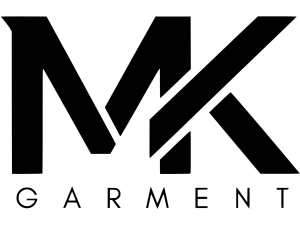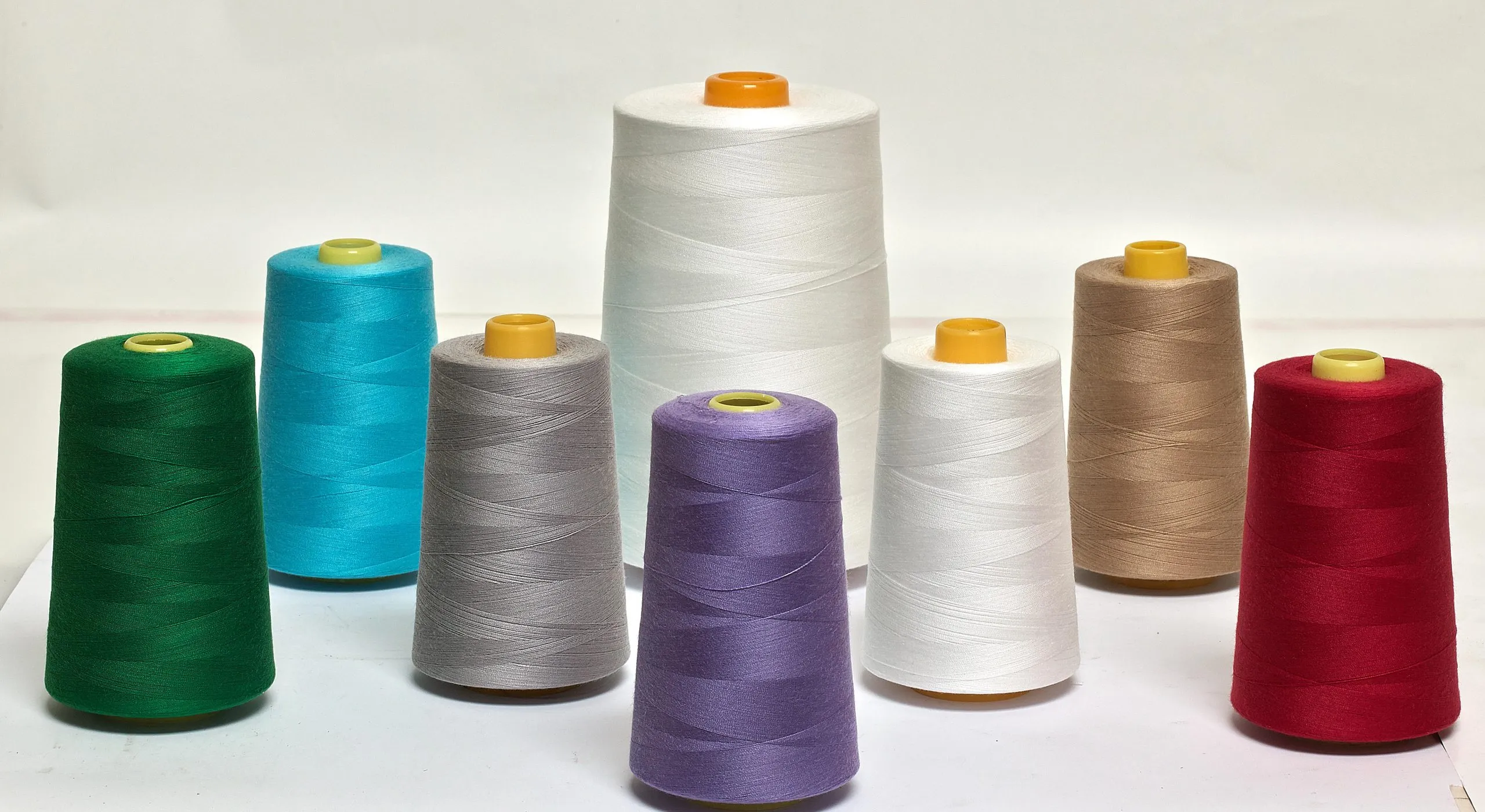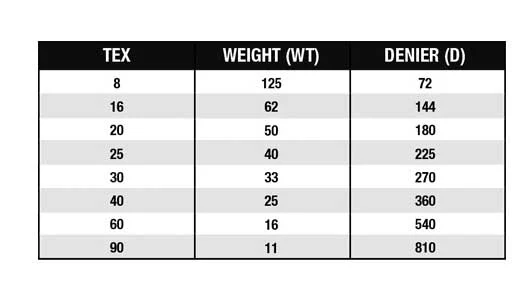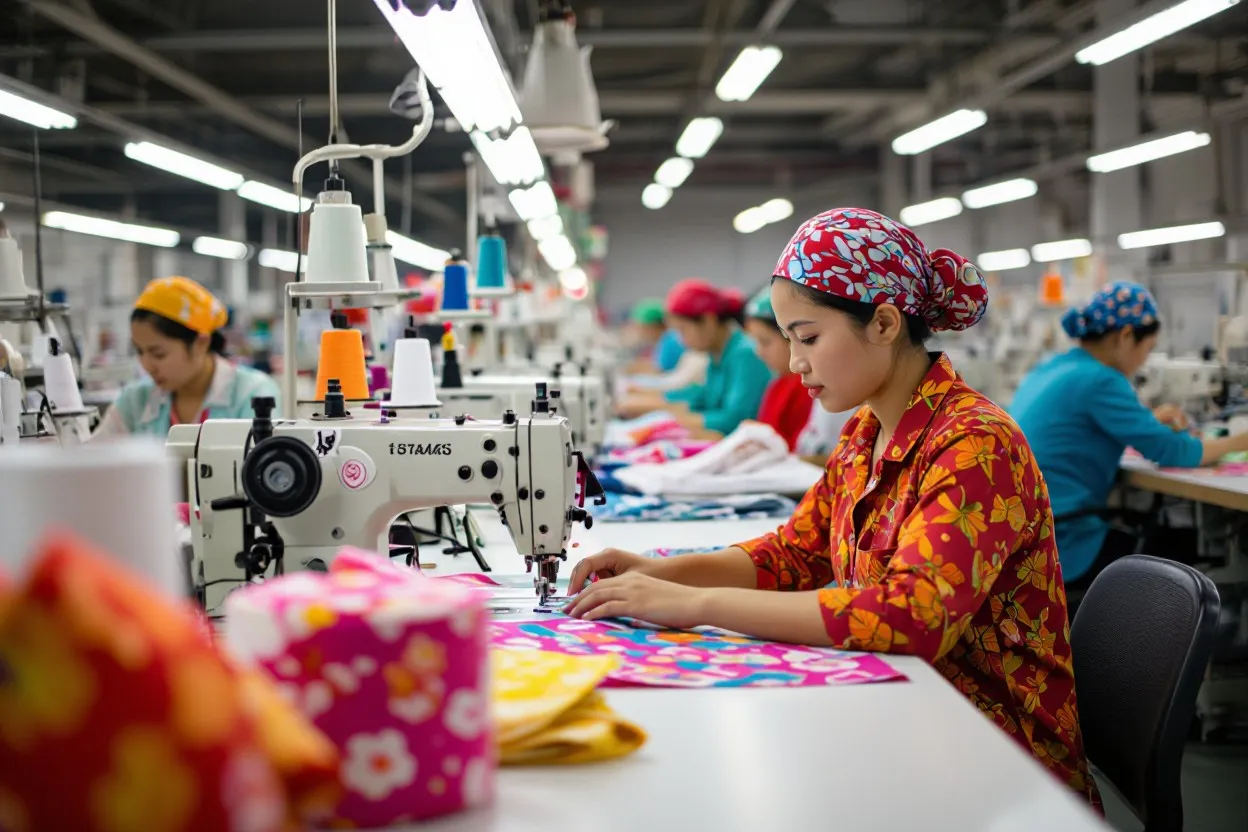
In the complex world of apparel manufacturing, every production model defines a unique balance between cost, control, and collaboration. Among these models, CM (Cut & Make) stands out as one of the most fundamental and widely used, especially for brands that already have their own raw material sources. In this system, the factory’s role is focused purely on technical execution cutting fabric and sewing garments according to the buyer’s specifications while the buyer retains full control over materials, trims, and design details.
In Short, What Is CM (Cut & Make) in the Garment Industry:
| Aspect | Buyer Provides | Factory Provides | Notes |
|---|---|---|---|
| Materials | Fabric, trims, accessories | Labor, cutting, sewing | Buyer controls quality |
| Production Scope | Complete material sourcing | Cut & Sew only | No finishing |
| Cost | Low | Labor-only fee | Budget-friendly |
| Control | High (by buyer) | Low | Buyer manages all inputs |
| Best For | Small or experienced brands | Skilled sewing factories | Focused collaboration |
What Is CM (Cut & Make)
In the global garment industry, CM (Cut & Make) is known as one of the most straightforward and traditional production models. It focuses purely on the labor side of manufacturing factories are responsible only for cutting fabric and sewing garments based on a design or sample provided by the buyer. The brand supplies all raw materials, from fabric and thread to buttons and zippers, while the factory provides the technical skill and manpower. Because of this clear division, CM is often chosen by companies that want to keep full control over material quality while outsourcing labor to lower-cost regions like Vietnam or Bangladesh. In essence, the CM model separates creativity and sourcing from execution, allowing each party to focus on what they do best.

CM, short for Cut and Make, is one of the most basic types of garment manufacturing services. In this model, the factory’s role is limited to two key production steps:
- Cutting the fabric according to the buyer’s pattern or sample, and
- Sewing the pieces together into finished garments.
Everything else from fabric sourcing to accessories, trims, and packaging is provided by the buyer.
How CM Works
The CM process starts when the buyer sends a complete production package to the factory this includes fabric rolls, trims, patterns, and a reference sample. The factory’s job is to cut the fabric according to the buyer’s patterns, then assemble the pieces through sewing to produce finished garments. After sewing, the garments are typically returned in bulk, without extra finishing steps like washing, pressing, labeling, or packing. This means the buyer remains responsible for all pre- and post-production stages, from sourcing materials to final quality control.

The simplicity of this system makes it easy to manage for both sides, but also requires precise coordination to avoid mistakes during production.
- The buyer supplies all materials: fabric, thread, labels, zippers, buttons, and sometimes even patterns and markers.
- The factory uses these to cut and sew garments following the approved sample.
- Once finished, the garments are returned to the buyer, usually without final finishing steps like washing, pressing, or packaging.
This means the buyer keeps full control over every material used, while the factory focuses purely on skilled labor.
Who Is CM Best For?
The CM model is ideal for small brands, independent designers, or start-ups that want to control every detail of their materials but lack their own sewing facility. It’s also popular among established fashion labels that already have long-term suppliers for fabric and trims. These companies can focus on creative design, branding, and sales, while relying on skilled factories for cutting and sewing. CM is especially practical when production volumes are small or medium, and when maintaining fabric consistency is a top priority.
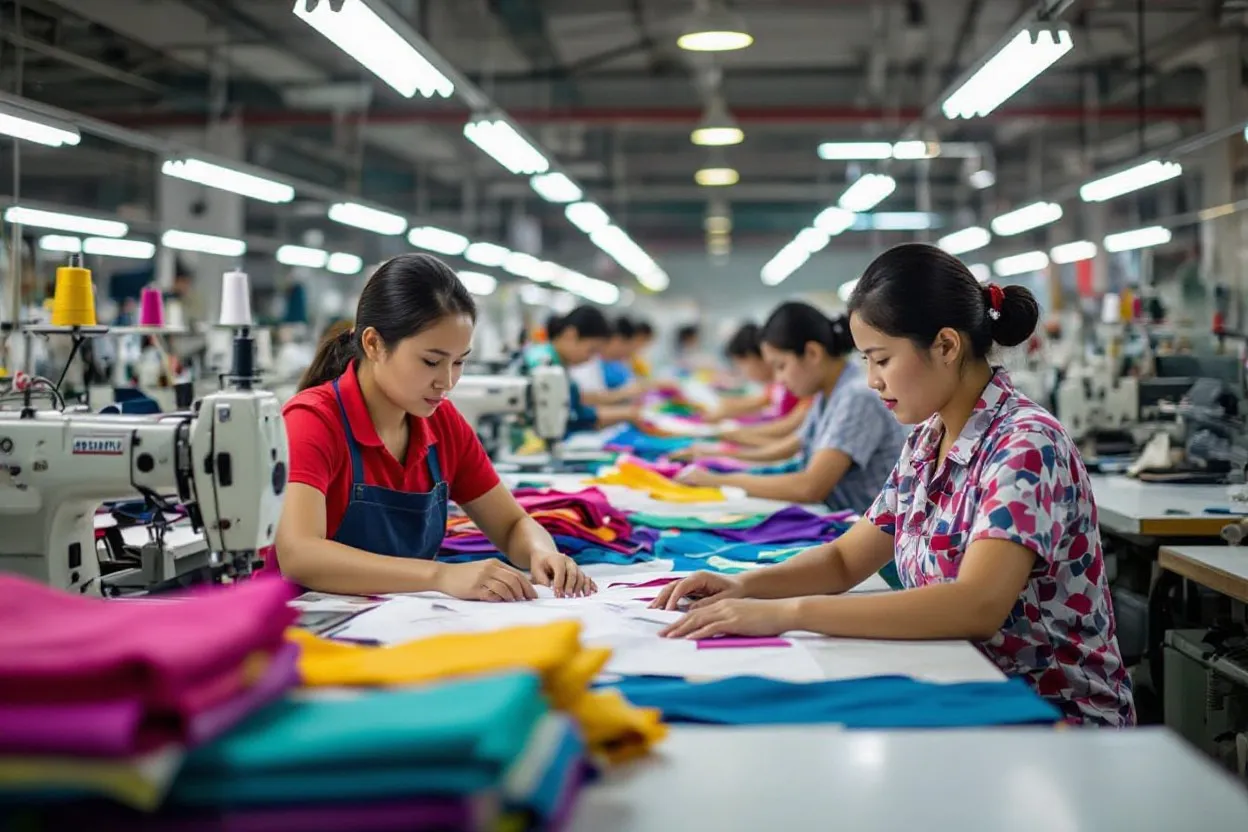
In short, CM allows flexibility, precision, and direct involvement in quality control perfect for those who value craftsmanship and brand identity over speed or convenience. CM is ideal for:
- Start-ups or small fashion brands that want to maintain total control over material sourcing.
- Design houses or designers who already work with their own fabric suppliers.
- Brands producing small batches and need only the cutting and sewing service.
Example: A European clothing brand sends fabric rolls, labels, and zippers to a Vietnamese factory. The factory cuts and sews the garments based on the provided sample, then ships the finished pieces back. The brand’s own team handles ironing, tagging, and packing before retail.
Pros and Cons of CM (Cut & Make)
Advantages:
One of the biggest strengths of the CM model is cost efficiency. Because the factory only charges for labor, it offers the lowest price per piece among all garment manufacturing models. Brands also gain maximum control over material quality, since they choose and inspect every fabric and trim themselves. This model suits companies that already have strong relationships with trusted suppliers and simply need a reliable sewing partner. CM is especially valuable for premium or designer brands where fabric quality defines the product’s identity every detail can be managed directly by the brand. As a result, the CM model allows cost savings without compromising on design or fabric standards.
- Lowest production cost per piece since you pay mainly for labor.
- High control over material quality because you choose the fabric and trims yourself.
- Best for established brands that already have a reliable material supply chain.
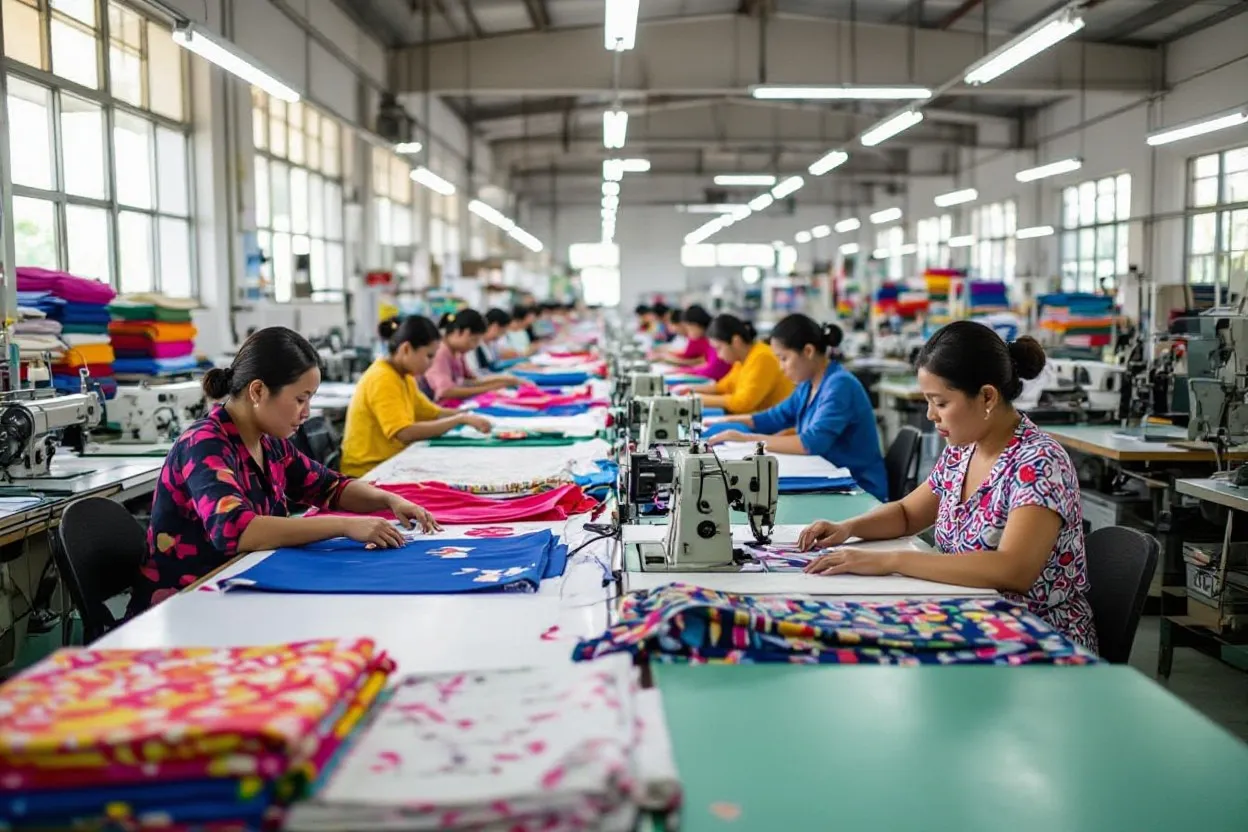
Disadvantages:
Despite its benefits, CM has several important limitations. Since the buyer must handle all material sourcing and logistics, the coordination workload is much higher compared to full-package models like FOB or ODM. Any delay in fabric delivery or missing accessories can easily disrupt production timelines. Furthermore, because the factory’s scope ends at sewing, there’s no responsibility for finishing, packaging, or quality beyond workmanship. Brands that produce overseas may also face slower turnaround times due to international shipping of materials. For this reason, CM works best when the buyer has an organized supply chain and dedicated staff to manage coordination effectively.
- High coordination effort you must manage multiple suppliers for fabric, trims, and shipping.
- No finishing or packaging the factory stops after sewing.
- Longer lead time if materials must be shipped internationally before production can start.
Final Word/ Conclusion
The CM (Cut & Make) model is the simplest yet most flexible form of garment manufacturing. It’s ideal for brands that value material control and already have their own sourcing network. By separating the creative and material side from the sewing process, CM allows companies to save costs, maintain quality, and partner with skilled factories for labor-only production. However, success with CM depends on strong coordination you must manage logistics, quality checks, and materials efficiently. For smaller brands or designers who want to stay hands-on with every detail, CM is the perfect starting point to bring your fashion ideas to life while building trusted manufacturing relationships.
FAQs About CM (Cut & Make) in the Garment Industry
What is CM (Cut & Make) in the garment industry?
CM (Cut & Make) is a labor-focused production model where the buyer supplies all raw materials fabric, trims, patterns and reference samples and the factory provides technical work: cutting fabric and sewing garments to the buyer’s specifications. The buyer retains control over materials, design details and post-production steps while the factory charges primarily for manpower and workmanship.
How does the CM process work from buyer to factory?
The buyer sends a complete production package (fabric rolls, trims, patterns, samples and markers) to the factory. The factory cuts the fabric according to patterns, assembles pieces by sewing, and returns finished garments in bulk. Pre-production sourcing and post-production tasks such as washing, pressing, labeling, quality inspections beyond workmanship, and packing are handled by the buyer unless otherwise agreed.
=> Read More: https://mekonggarment.com/how-does-the-cm-process-work-from-buyer-to-factory/
What are the main advantages of using a CM model?
Key advantages include lower unit cost because the factory charges mainly for labor; full buyer control over fabric and trim quality; suitability for premium or designer products where material choice defines the item; and a clear division of responsibilities that lets brands focus on sourcing and design while leveraging lower-cost sewing capacity in regions like Vietnam or Bangladesh.
What are the main disadvantages or risks of CM?
Disadvantages include higher coordination and logistics workload for the buyer, vulnerability to production delays if materials arrive late or incomplete, the factory’s limited responsibility beyond sewing (so finishing, packing and some quality checks fall to the buyer), and potential slower turnaround when materials cross borders. Success depends on tight supply-chain organization and strong communication.
Who is CM best suited for?
CM suits small or medium brands, independent designers, start-ups without in-house sewing, and established labels that already manage reliable material suppliers. It’s ideal when maintaining consistent fabric quality is a priority, production volumes are small to medium, and the brand prefers hands-on control of materials and final presentation.
How does CM differ from CMT and CMPT?
CM (Cut & Make) means the buyer supplies materials and the factory only cuts and sews. CMT (Cut, Make & Trim) adds factory responsibility for trims and some accessories so the supplier provides fewer inputs. CMPT typically denotes Cut, Make, Pack (& Trim), where the factory also handles packing, labeling and basic finishing. Each step the factory takes on reduces the buyer’s sourcing and logistics tasks but increases the factory’s costs and responsibility.
What practical steps should a brand take to succeed with CM?
Establish reliable material suppliers and buffer lead times for international shipping; provide precise patterns, tech packs and reference samples; set clear quality standards and inspection points focused on workmanship; maintain close communication with the factory on schedules and quantities; and plan for post production steps (washing, pressing, tagging, packing) or contract them to trusted partners. Consistent documentation and a dedicated in-house coordinator will greatly reduce production risk.
